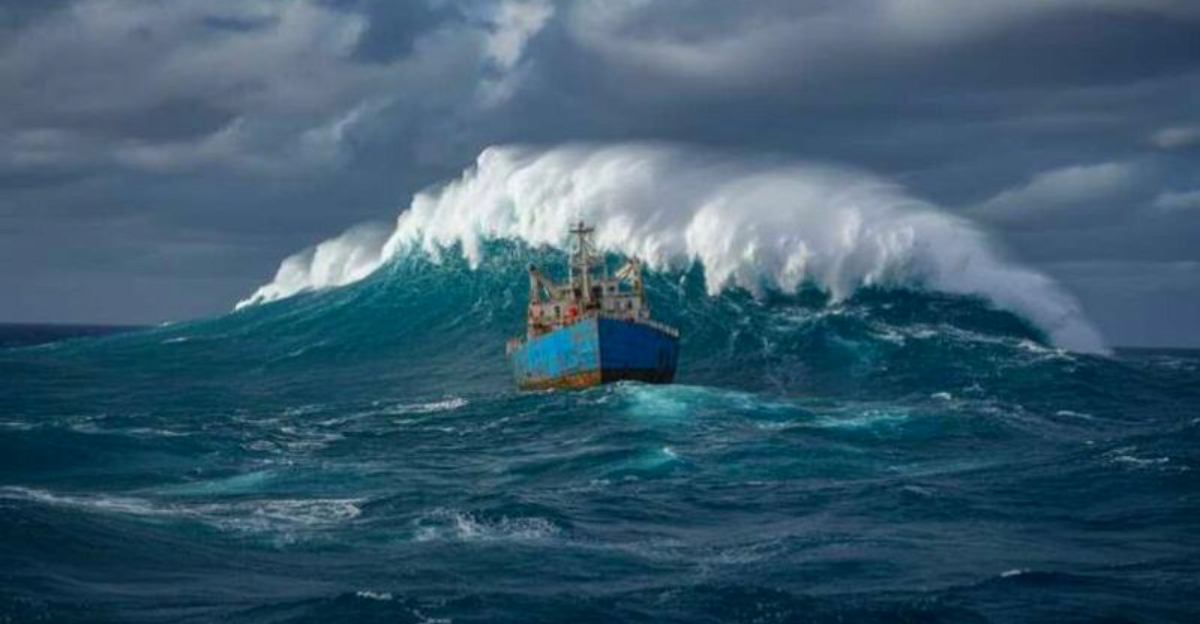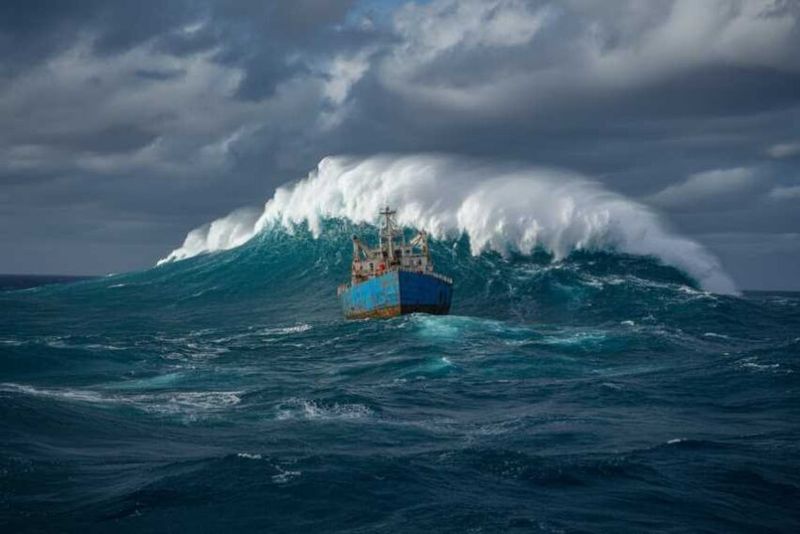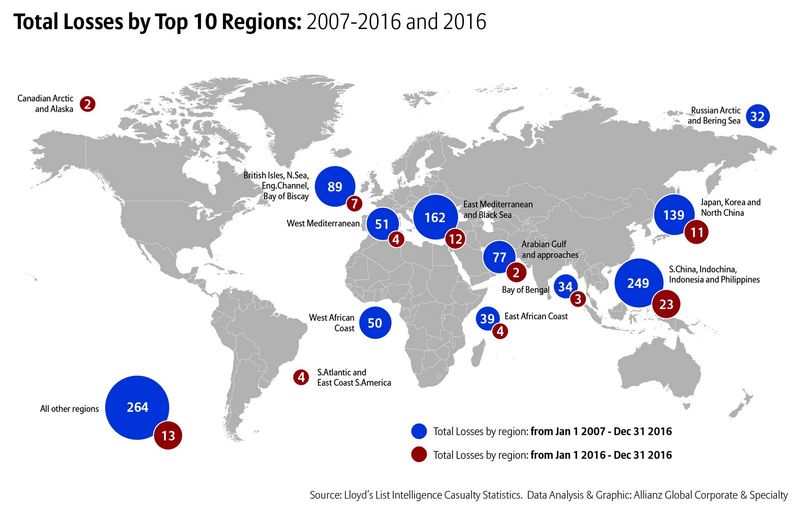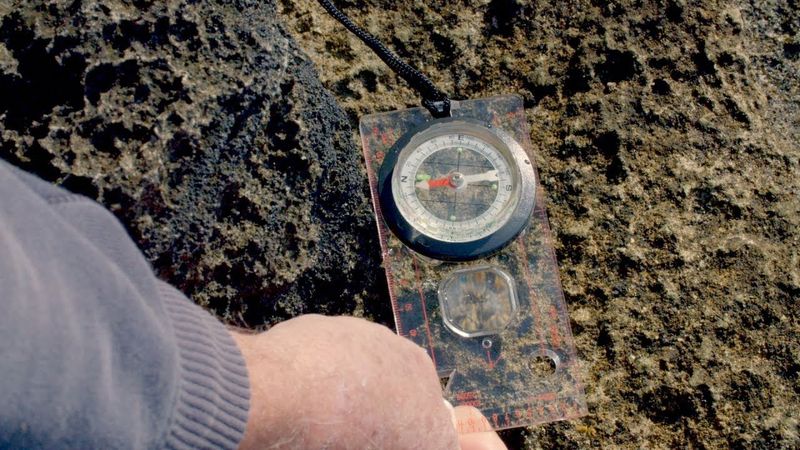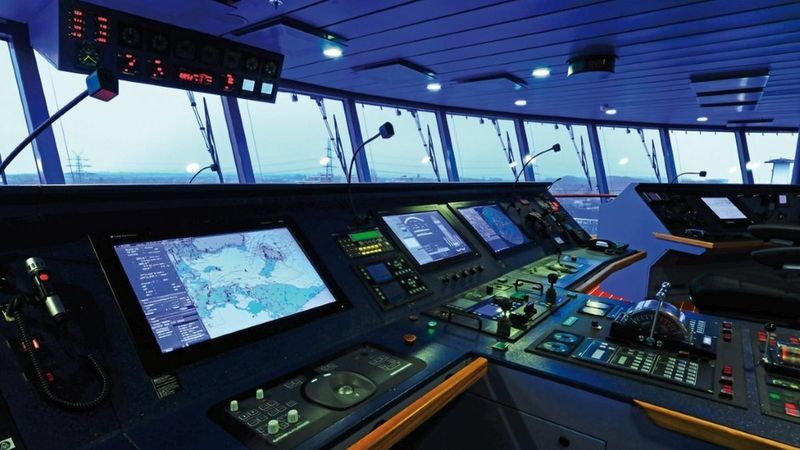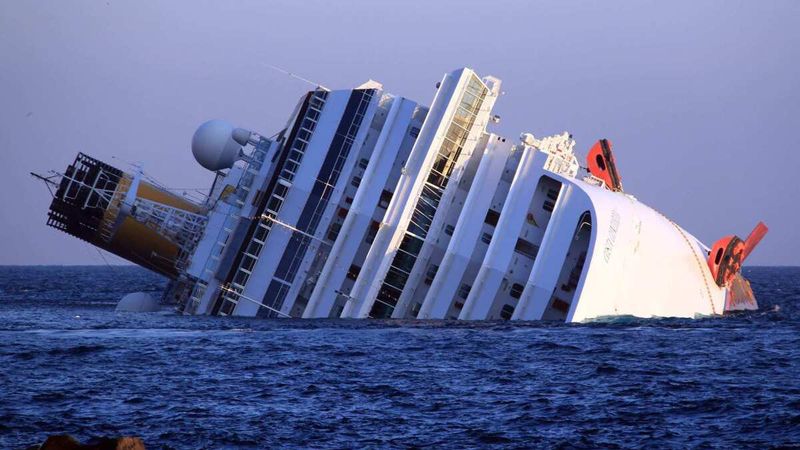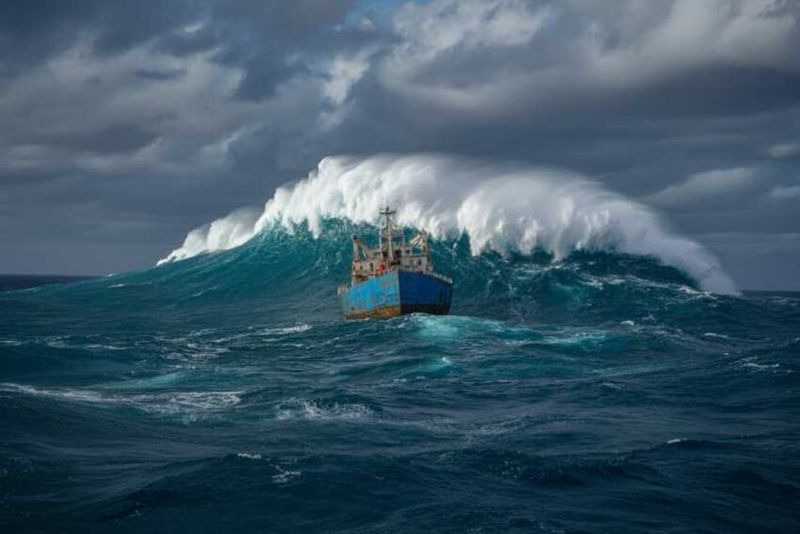For decades, the Bermuda Triangle has captured imaginations worldwide as ships and planes seemed to vanish without a trace in this mysterious stretch of ocean. Stories of ghost vessels, alien abductions, and supernatural portals have fueled countless books, movies, and legends. But what if the real explanation is less about magic and more about science? Modern researchers have uncovered natural causes—from towering rogue waves to tricky compass readings—that solve many of these so-called mysteries.
Rogue Waves Take Center Stage
Picture a wall of water twice as tall as your house suddenly rising from the ocean without warning. Rogue waves are exactly that—massive, unpredictable giants that can appear out of nowhere and swallow ships whole. Oceanographer Simon Boxall explains that when storms collide from different directions in the Bermuda Triangle, they create these deadly towers of water.
Ships have only seconds to react before being overwhelmed. The Triangle’s geography makes it especially prone to these wave collisions because of crossing currents and frequent bad weather. Even small planes flying low over the water could be knocked from the sky by spray and wind.
Scientists now believe rogue waves explain many famous disappearances that once seemed supernatural. These natural phenomena are terrifying enough without adding ghosts or aliens to the story.
Myth, Aliens & the Allure of Mystery
Ghost ships drifting with no crew aboard. UFOs zipping through storm clouds. Portals to other dimensions swallowing planes mid-flight. These are the tales that made the Bermuda Triangle famous, and honestly, they sound way cooler than weather patterns.
Flight 19’s disappearance in 1945 remains the poster child for Triangle mysteries, with five Navy planes vanishing and never being found. Such stories survive because mystery sells better than boring explanations involving waves and compasses. People love a good scare, and the unknown is always more exciting than the known.
Most paranormal accounts lack solid proof or reliable witnesses. They thrive on anecdotes passed down through generations, growing wilder with each retelling. While science offers answers, the legends refuse to die because they tap into our love of the unexplained.
Statistical Reality Doesn’t Fit the Legend
Here’s a surprise: the Bermuda Triangle isn’t actually more dangerous than other busy ocean areas. Historian Larry Kusche dug into the famous cases and found many were exaggerated, misreported, or completely made up. Some ships supposedly lost in the Triangle actually sank hundreds of miles away.
When you factor in how much traffic passes through this region daily—cargo ships, cruise liners, private boats, and aircraft—the accident rate looks pretty normal. Other shipping corridors around the world have similar or even higher incident rates, but they don’t have spooky names.
The Triangle’s reputation grew from selective reporting and confirmation bias. People remember the mysterious disappearances but forget the thousands of safe passages. Statistics prove that ordinary maritime hazards, not curses or sea monsters, account for most incidents in these waters.
Magnetic Anomalies & Navigation Challenges
Back before GPS existed, sailors relied entirely on magnetic compasses to find their way across the ocean. The Bermuda Triangle happens to be one of few places where compasses can point toward true north instead of magnetic north, creating confusion for navigators who didn’t expect the difference.
This compass variation might seem small, but over long distances, tiny errors add up to major course deviations. In stormy weather or at night, when visibility drops to zero, even experienced captains could end up miles off course without realizing it.
However, these magnetic quirks aren’t unique to the Triangle and aren’t strong enough alone to cause total navigational disasters. Modern technology has mostly eliminated this problem, though it helps explain some historical mysteries. Combined with bad weather, though, compass confusion could turn a manageable situation deadly.
Technology Has Changed the Game
GPS satellites, advanced radar, real-time weather tracking, and instant communication have transformed ocean travel since the Triangle’s heyday of mysteries. Ships and planes now detect dangerous conditions hours in advance and simply avoid them or prepare properly.
Satellite monitoring means vessels are tracked continuously, so if something does go wrong, rescue teams know exactly where to look. Weather modeling predicts storms with incredible accuracy, giving captains time to change routes. These technological safeguards have dramatically reduced unexplained incidents in the region.
The decline in Triangle mysteries coincides directly with improvements in navigation and communication technology. Many past disappearances that seemed supernatural now have mundane explanations involving equipment failure or human error. Today’s sailors benefit from tools their predecessors could only dream about, making the Triangle far less threatening than its reputation suggests.
Human Error and Environmental Factors
Sometimes the simplest explanation is the right one: people make mistakes. With thousands of ships and aircraft passing through the Bermuda Triangle annually, accidents happen due to miscommunication, mechanical breakdowns, poor decisions, and plain bad luck.
The area’s vast size and deep waters make search and rescue incredibly difficult. When something sinks in waters thousands of feet deep, it might never be found, which naturally feeds mystery theories. Inexperienced operators sometimes underestimate the Triangle’s challenging conditions, including sudden weather changes and strong currents.
The Triangle’s infamous reputation also creates psychological effects. Confirmation bias makes people attribute normal accidents to supernatural causes simply because of where they occurred. If the same incident happened elsewhere, nobody would think twice. The region experiences typical maritime hazards—storms, equipment failure, navigation errors—that happen everywhere oceans exist.
Mystery vs. Explanation: A Cultural Phenomenon
Even with solid scientific explanations involving rogue waves and weather patterns, the Bermuda Triangle’s mystique refuses to fade. Books, documentaries, and websites continue exploring its supposed supernatural qualities because mystery attracts attention in ways that meteorology reports never will.
The Triangle represents something deeper in human psychology: our fascination with the unknown and our desire for the world to contain secrets beyond scientific understanding. Rational explanations feel less exciting than tales of time portals or underwater alien bases, even when the truth is more reliable.
This cultural phenomenon shows how myth and fact collide in public imagination. For many people, the Triangle symbolizes nature’s remaining mysteries, a place where storytelling traditions overpower scientific certainty. The legend endures not because evidence supports it, but because humans love a good mystery more than a mundane explanation.
